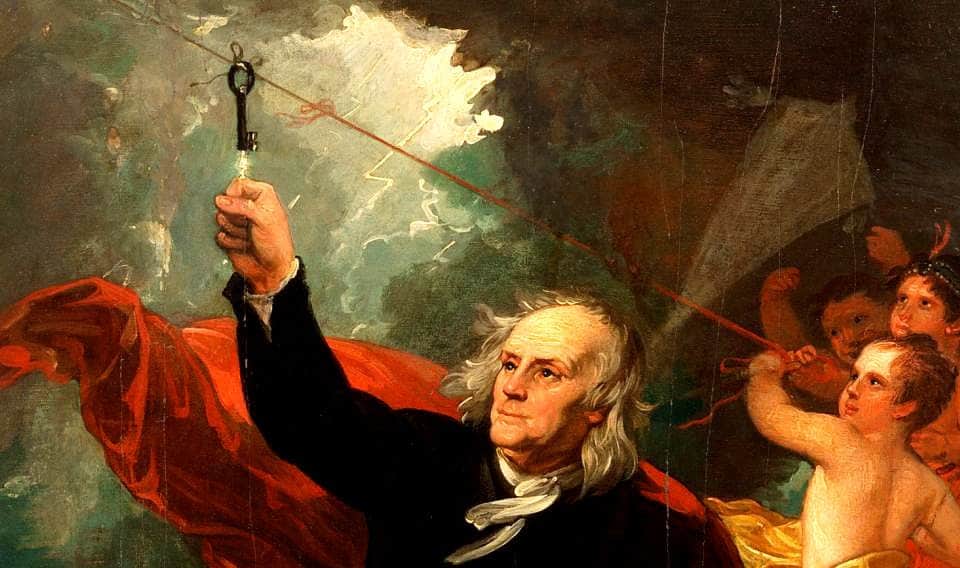At some point in history, humankind established the elemental principle of harnessing and utilizing fire. This, many historians suggest, was the moment of transition from primitive to modern man. At the instant that this tool became manageable by a human hand, a world of possibilities was opened up. From the simplest of functions, like heating and cooking, to the complex construction of the machines that drove the Industrial Revolution, it was all suddenly within the curve of human innovation. From this flowed the extraordinary creativity that characterizes our species – a solution to every problem, a tool for every purpose.

1. Metallurgy, the basis of every tool and every weapon
The control and use of fire set in motion a massive acceleration of human creativity, both constructive and destructive. The oldest evidence of metalworking can be dated to around 8,7000 BCE, in the form of a cast copper pendant found in northern Iraq. Not all metals required heat to work, of course, since on occasions gold was, and still is found in workable nuggets. It is probably fair to say, however, that until smelting was perfected, the applied working of metal was impractical, if not impossible.
That was the beginning, however, and from copper, metalworking technology passed through the Bronze Age, generally regarded as between 3,300 to 1,200 BCE, before the Iron Age. Once the ability to liberate iron from ore had been perfected, then an entire spectrum of tool and weapon making possibilities came into the frame, and life, technology and warfare as we know it began its evolution. Soon we were experimenting with different metal properties, and creating everything from iron and steel components of early machinery to the complex componentry of electronics and communications.
It probably would be fair to say that aside from the most elemental breakthroughs of fire, the wheel and the plow, all of which could be made with wood, the separation of metal from ore was the first significant step in mankind’s technological journey.

